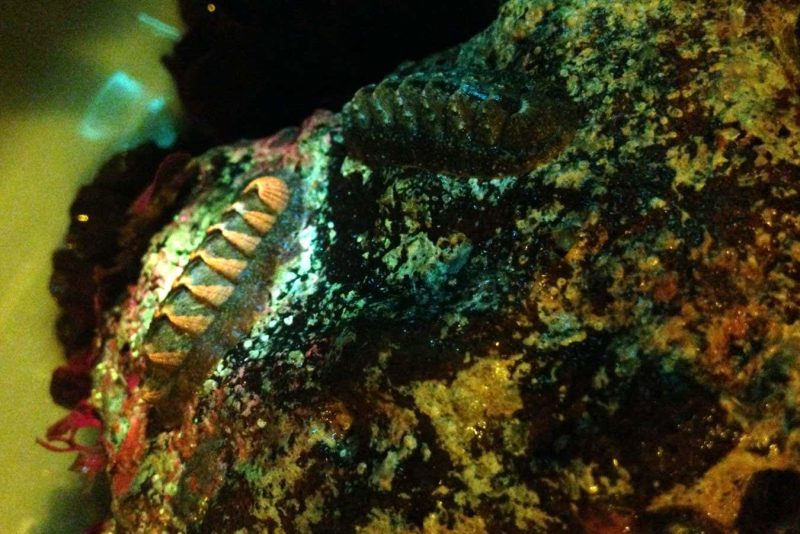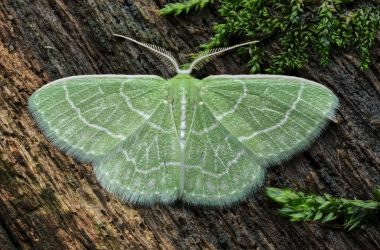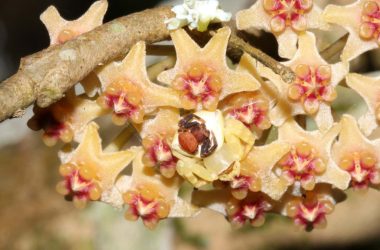In the world of molluscs, chitons stand out with their fascinating ability to fluoresce a vivid red-pink colour when exposed to blue light. These flat creatures, commonly found in tide pools, have a unique shell structure that sets them apart from their snail and clam relatives.
An Ancient Branch of the Mollusc Family Tree
Chitons belong to an ancient branch of the mollusc family tree. Unlike snails and clams, chitons have shells composed of eight separate plates that run along their backs. This armored design helps protect them from predators.
A Surprising Camouflage Mechanism?
According to Guido Grimaldi, some chitons’ plates are colored in a way that could potentially offer them camouflage and help them avoid detection by predators. The vibrant red-pink fluorescence may act as a form of disguise.
Debate among Researchers
While the theory of fluorescence as camouflage in chitons is an intriguing one, there are researchers who remain skeptical. Further studies and evidence are needed to conclusively determine the purpose and effectiveness of this vibrant coloration in the world of chitons.
A chiton (Iscnhoplax pectinata) fluorescing
Guido Grimaldi








